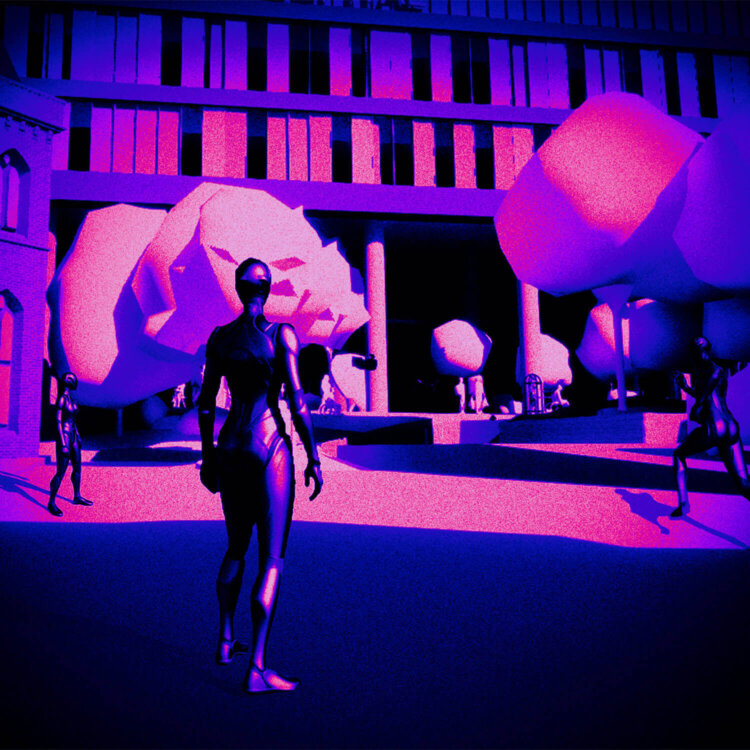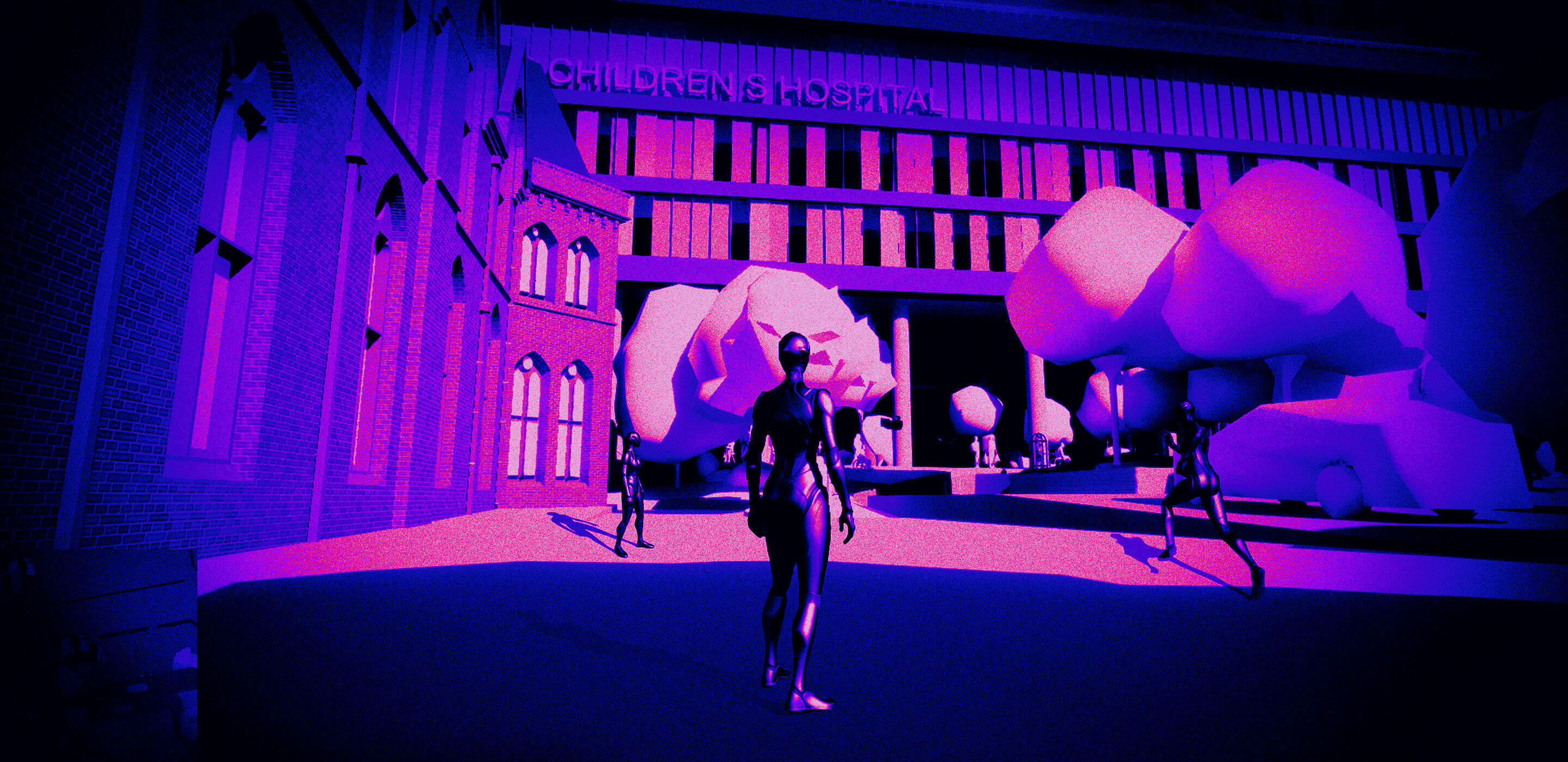A: The metaverse is the next step in the maturation of the internet, what people are starting to call Web 3.0. It adds a spatial dimension. In the same way every company has a website today, every company will have some representation in the metaverse. There won’t be one single metaverse, but many virtual worlds that are interconnected. The easiest examples of these virtual worlds are multiplayer video games like Fortnite and Minecraft. At the heart of each world is a community of people.
The Metaverse is coming. Here’s what that means.

Facebook recently renamed itself Meta. J.P. Morgan predicts the metaverse will be a $1 trillion market. And Nike, Coca-Cola, and Louis Vuitton are among the major brands who have ventured forth into this new world. Perkins&Will digital innovation strategist Thomas Kearns explains why the metaverse is important, and what he’s working on for clients.



